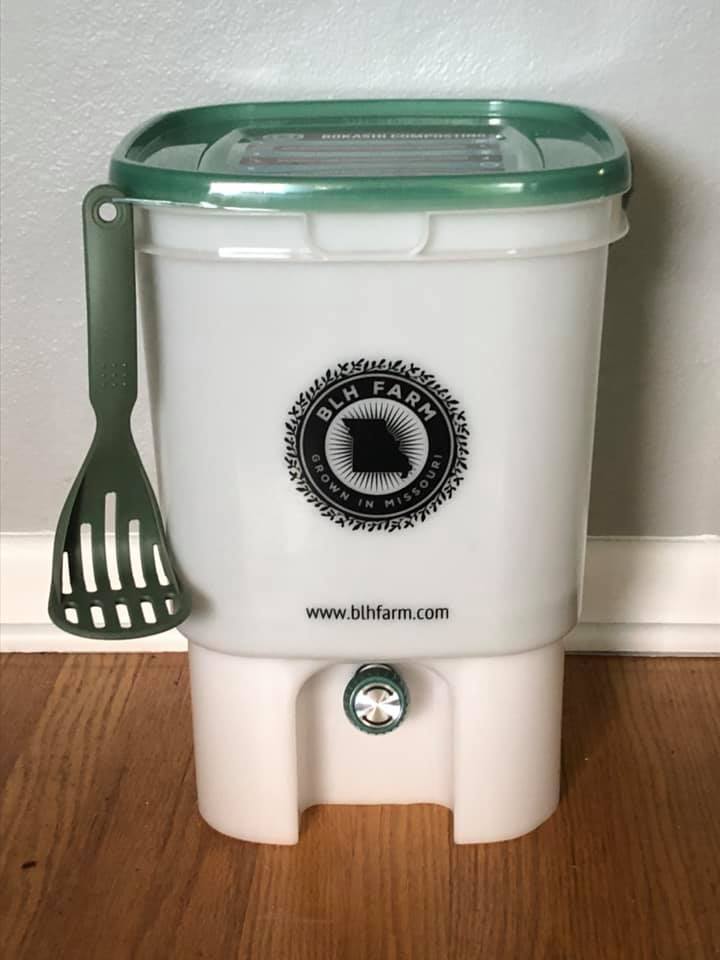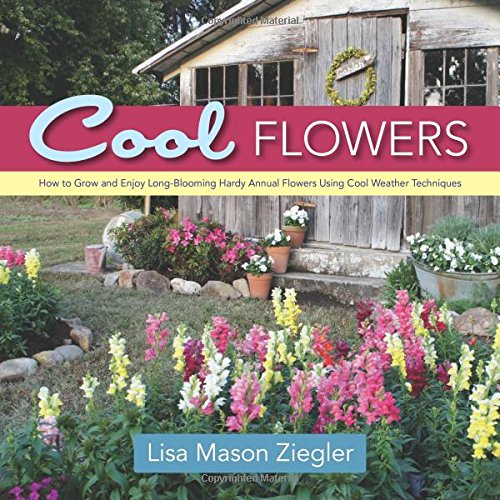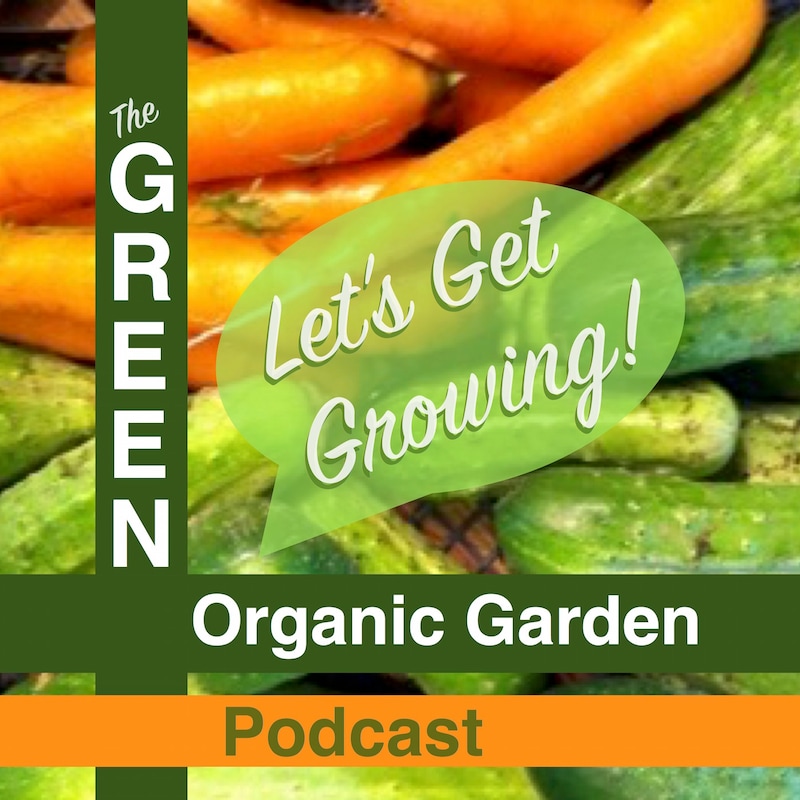
Shownotes
Welcome to the GREEN Organic Garden podcast. It is Saturday, July 18, 2020, and I have an amazing guest on the line. You have to check out their website is so beautiful and just full of lots of great stuff.
And here to share with us today from B L H Farm is Matt Arthur.
You can find BLH Farm on Facebook here.
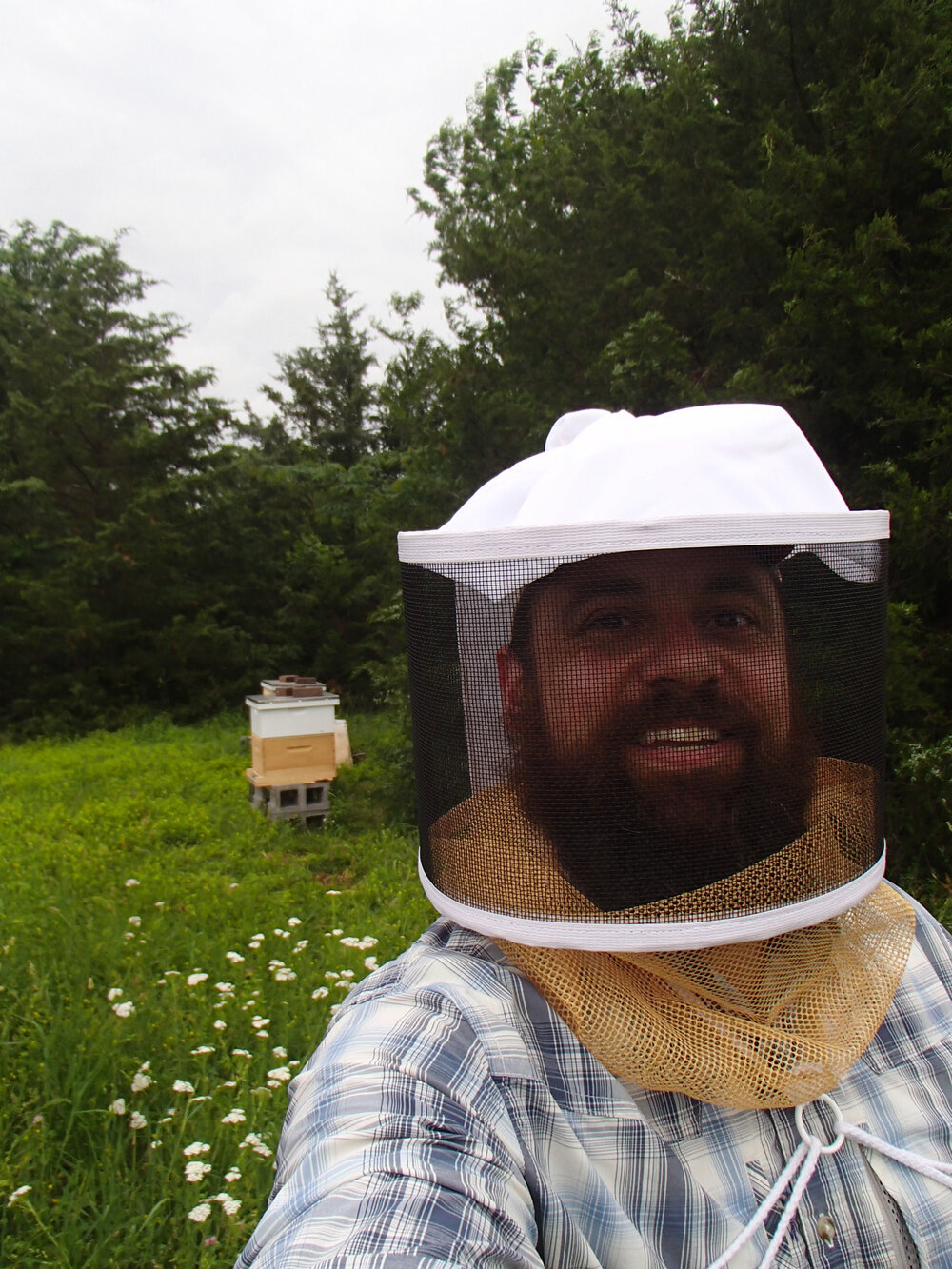
So welcome to the show, Matt.
Hi, Jackie.
And we'll talk, I mean, I want to ask you about yourself, but I really want to know what B L H stands for.
1 (1m 41s):
Yeah, so it stands for Boone's Lake Heritage Farm. I grew up in central, Missouri on a family farm. It still had the wagon ruts from Daniel Boone's trail West from Missouri through to the Southwest. So I grew up playing on a Creek and in the field with those wagon trails so visable.
So we started our flower farm now on some of our land that wasn't being used for row crops. I wanted to let everybody know that this is just a real part of our, our history here is seeing these, this trail and thinking about people who came before us.
So how, so this is your family farm. So, you know, I guess if you said you listened to my podcast, that my first question is always about, like, what was your first gardening experience? Like, what'd you grow? Who were you with? I guess you were probably with your mom and dad?
1 (2m 32s):
Yeah, yeah. With my mom, mainly we always had an orchard and a garden and always had tomatoes and beans and apples and other stuff going. So I just have always grown flowers and vegetables at the house. And my mom grew a lot of things that her mom grew. And so I just always looked back and think about growing, you know, the flowers that she got from her mom or apples that she was trying out and I've always done it.
And is that how you learned how to grow organically? Were they organic too?
Yeah, absolutely. Yeah. My parents for our vegetable garden and an orchard, I've always been a hundred percent chemical free, a hundred percent organic, always heavy mulchers never, never spray for anything and, and always grew up just knowing that that was how, how one should farm and garden.
Well, awesome. So do you have any tips? Like I was just going through all the questions I've been asked in the Facebook group and somebody was asking about what do I do about apple scab, and just like any tips for growing an orchard?
Our orchard. The other problem we're having is the grass is full of this weird bind weed, which is totally irrelevant.
Bind weeds tough. Yeah. Bind weeds tough. I mean, I've two quick pieces of advice.
The first is that the, in the rows between your apple trees, you need to have a mix of species that you choose. A, you should have a grass, you should have a legume and then a forb to take the place of, of those weeds.
Weeds really are telling you that there's something missing in your species mix. They're filling a niche that should be filled by something that you consider beneficial.
So trying to keep a pure grass row in your orchard is going to be really hard, but if you can toss down just a three or four species mixing you comfrey or Clover and grass, and maybe oats in the spring, tailored for your area, get a few things in there to keep the space busy. So that things like bind weed can't get a foothold.
We also, I would say for scab, you know, apples.
Apples have a lot of blemishes on them and they still taste great. So comparing apples, you grow at your house in appearance, to what you could get in a grocery store is a wrong way of thinking about it.
Focus on the
- taste and the
- texture and
- how fresh they are,
and just, you know, try to scrub off some of the scab and that the mold that gets on them.
Wow. All right. Now, what did you say? Oh, I knew I should have wrote down a grass, a lagoon and a, what?
A forb: F O R B
Forbs are other pasture plants that aren't either grasses or legumes.
and yeah, I think of, of kind of traditional wild grassland. There's not just a couple of things there, there's a few things there. Forbs are a category that basically are everything. That's not a grass or a legume, that's not a weed. So just try to find a couple of few things that you can put into those paths that you can, obviously you can mow down and also are perennial. So you are not putting in every year and that'll hopefully keep the, the nasties out of the way.
2 (5m 56s):
Awesome. Well, show Patti Armbrister came and visited and she told me to get some comfrey and I got some comfrey, so it's going to be slow taking off, but hopefully by next year. and then we have a lot of Clover we're trying to get Clover to grow in, but, and we'll have to look for that other stuff.
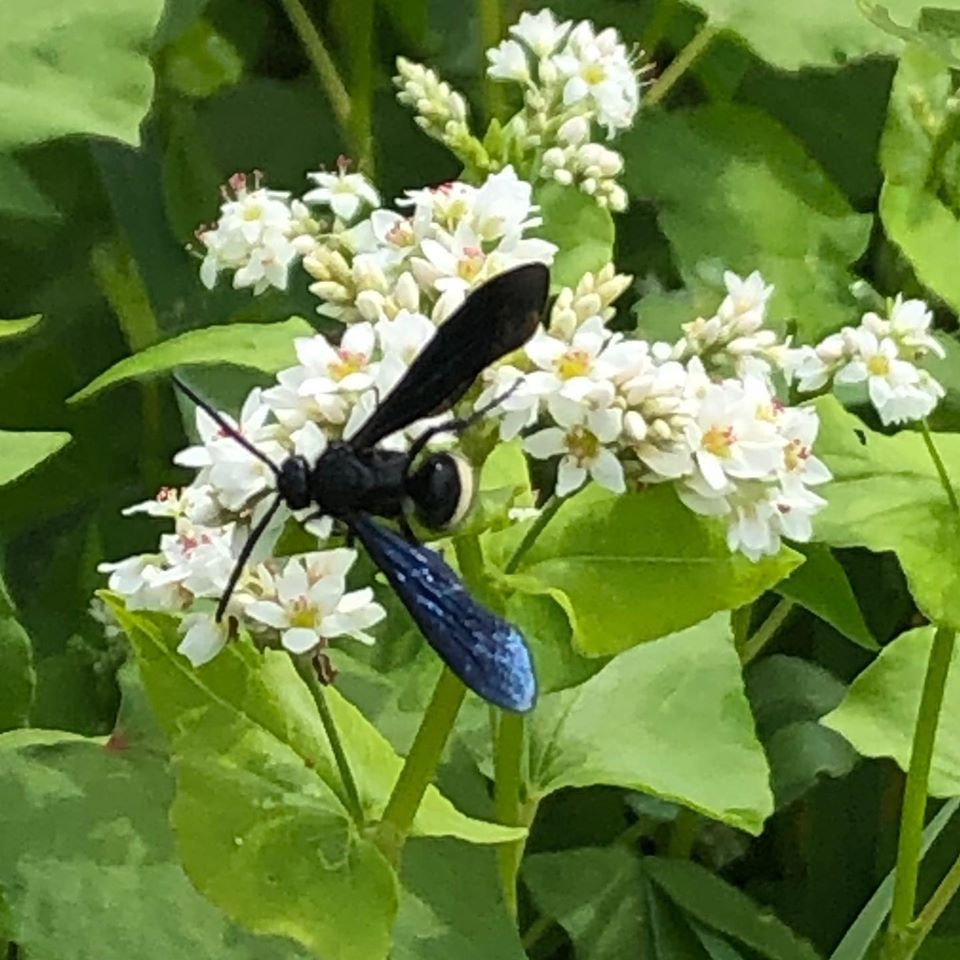
So we'll tell us about something that did grow well this year what's growing. I'm also excited to hear about your flowers!
1 (6m 22s):
Yeah. Some of that grew well, well, we've been just loving some of the ornamental alliums. We try to do as many perennials as we can on the flower farm.
We really like having these little perennial ecosystems where we have maybe a tall, early perennial, and then we'll put some annuals into that row and then have maybe a third, low growing late perennial or perennial herbs that we use as filler.
So very excited about some of the alliums the ornamentals with maybe three or four inch purple heads, really like those, and been very excited about seeing Sage really established itself and use as a filler ornamental, aromatic filler, that's a perennial plant that grows really well here in Missouri.
So those two things are highlights for us.
0 (7m 8s):
I love growing stage!
My sage is blooming right now and it's so pretty. I love all this toes. Like how did you get started in the flowers? Oh, well, I guess you did kind of house your mom always grew flowers. Like, I dunno, I guess I just want to hear a little more about your flower business, because somebody asked me way back in the meeting.
They're like, I want to hear more stories about flower farmers.
Yeah. So my wife and I met outside Missouri. I'd left Missouri to go to school and we lived away from Missouri for a long time and I really wanted to get back and I wanted to farm and we're looking at ways to get back into agriculture and row crop agriculture is really, really neat, but it's also a huge capital investment to start. And my family doesn't have the thousands of acres that you need to be profitable in this particular commodity market.
And it's also, you know, maybe not the type of agriculture is really excited about, and we were, you know, just drawing up different farm plans for, in a winter and going over again and again.
And they always included some flowers because we both always loved growing flowers and our parents have always grown a flower garden.
And the more we ran through the species selection and the marketing mix and thought about what we would be excited about growing that that might actually be profitable.
Flowers took an ever larger piece of that. And now we're doing almost all flowers with some vegetables that are really just for us.
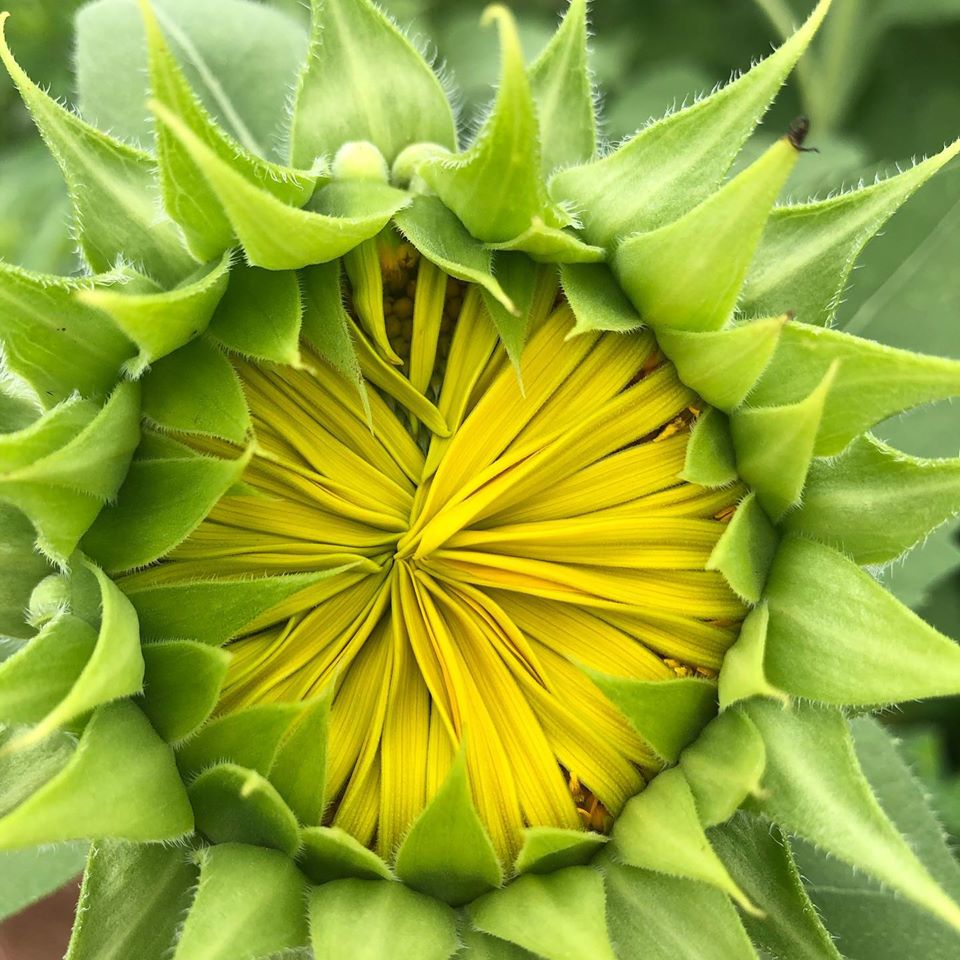
We really enjoy having a mixture of species and all of our beds and
vegetables and flowers do super well together.
Both do much better together than they would individually.
And so we now have settled on, on flowers and we have about a half acre of, and then an apiary. And along with that, we have a composting business where we provide composting supplies and we do make a lot of composts that we use on the farm for our soil, fertility.
What kind of composting supplies?
So we, we sell Bokashi kits and we sell worms and worm towers.
Bokashi, I'm not sure how familiar you are with it. It's a method of indoor composting that came out of East Asia came from Japan and Korea.
It's a traditional method of composting, agricultural surplus. Anaerobically so no, no air.
And unlike, unlike hot piles where you, you know, you're taking a green nitrogen, heavy food waste, and you're taking a Brown carbon heavy addition, adding water, and then mixing hand turning or turning with, with the machine for, you know, weeks or months until it forms that black crumbly beautiful humus.
Bokashi is anaerobic so there's no air at all.
It's done in a closed container and you inoculate the food waste with these effective microbes. Some soil microbes that are really good at tearing through food in a, in an airless environment.
And we just really love it.
We used to make about a thousand pounds of aerobic compost a week, or probably a little bit more with the wood chips added. And we now make about a thousand pounds of Bokashi a week in sealed containers. And it's just, it's just super,
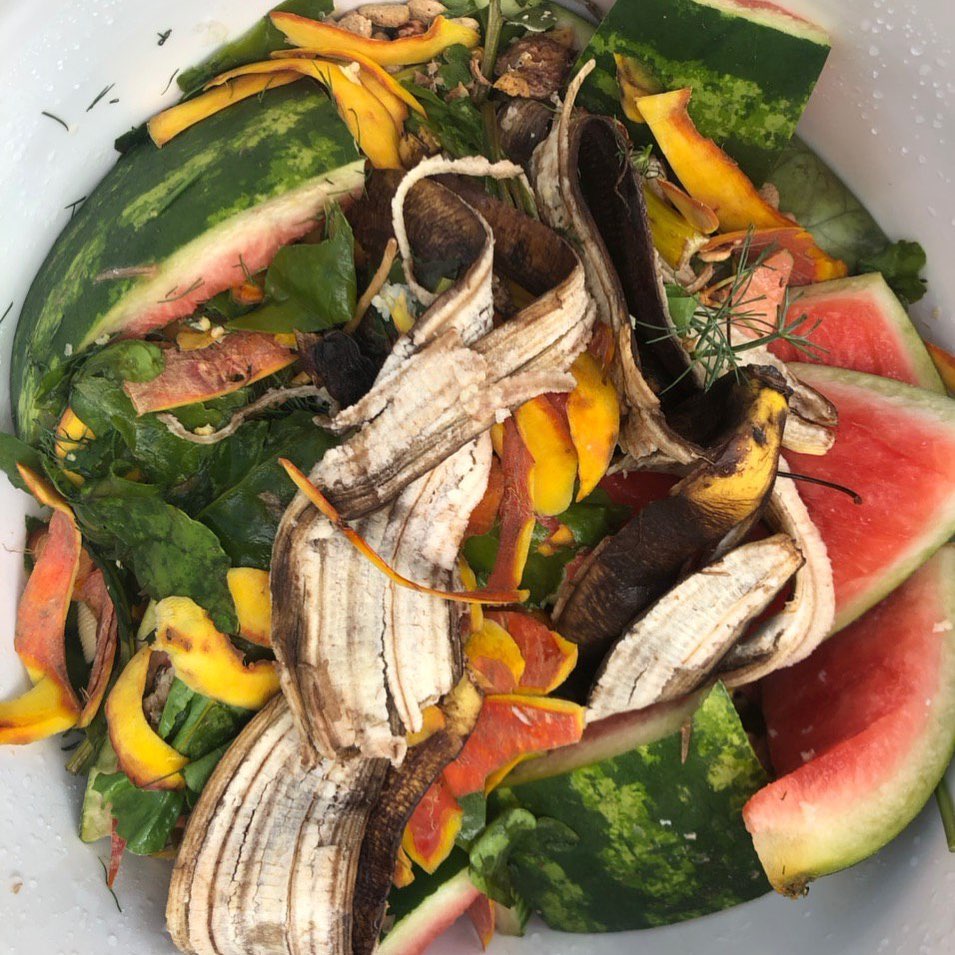
So, but do you like out of like your food scraps or what are you putting in there that you're giving a thousand pounds a week? Are you getting stuff from other places like the grocery?
We are? Yeah.
So we started really thought about how to get our soil healthy enough to grow beautiful flowers and herbs.
We realized that we would need a pretty good source of, of compost. And so we started a small business that collects residential food waste from houses in the St. Louis area. And then we take the residential food waste and we make compost from that. Or if you did to our worms.
We've been doing that for maybe two and a half years now, and this spring we started making and selling like home Bokashi kits because the more Bokashi we, we made, the more we thought this is really a super method of making organic matter available to the soil microbes, but we would just talk to people about it and people were obviously unfamiliar and, and it's yeah so we do that now.
Well, you know, I love that. So how about, is there something you guys are excited to do different either next year that you're trying this summer? I mean, we're like right smack in the middle of July.
Yeah.
The big, big push on our farm is that to get more things in the ground in September.
Our first frost date here is mid to late October so I don't know where that is for you. It's probably coming up pretty quick, but we still have some time before frost heads. And our goal is to get as many even Hardy annuals in the ground in the fall, and then put them under a permeable cover, like an Agra bond row cover so they can overwinter in the soil. And then when spring comes, there'll be established and ready to go.
We're trying to put a lot more Hardy animals in, in the fall than we did last year.
So that means like right now you're planting seeds in containers that you're going to put in the ground. This is so exciting. What kind of what's hardy annuals? Like lavender?
So like, snapdragons, Larkspur lavender perennial. We'll put some of that into, but we use soil blocks. So we don't use plastic seed trays. We make everything in three quarter inch or two inch soil blocks.
So we'll start, you know, thousands and thousands of these little soil blocks under lights, they're out, you know, outside under a shade cloth until they're three or four inches tall and then transplant them, hopefully starting in five or six weeks so they can get established and rooted as the weather starts to cool.
And then all of those snapdragons in larkspur and perennials like echinacea and lavender and arnica and on and on we'll, we'll have a chance to, to be like the dominant plant in that bed in the fall. So it, when spring comes, there'll be already taller and more robust than the weeds that might be in the soil.
So that come April when it's really thawing and warm, they have a huge jump on competitors. And we don't have to worry about, you know, either hand weeding a lot of stuff or, you know, trying to prepare that soil surface when it's cold and rainy and snowing, maybe that there'll be already growing quite well.
And then when the last frost date hits, we just take off the row cover for the last time.
And then they are already hopefully fairly tall and robust and we get a few weeks or a month early for cuttings.
How did you come up with this plan? Did you guys just make it up yourselves? Are you following like, is this what it Erin does?
Well, no. Yeah. Lisa Zieglar out of Virginia who wrote the book,
Cool Flowers: How to Grow and Enjoy Long-Blooming Hardy Annual Flowers Using Cool Weather Techniques and
Vegetables Love Flowers: Companion Planting for Beauty and Bounty
She's a huge proponent of this.
And the first person that I've heard really talk in detail about how effective it could be.
She's a big flower girl obviously. And I see her at the flower conferences and I thought, this is absolutely the way to go, right? I mean, it's everything we love. It's, it's it's reduction of, of weed pressure. It's, you know, kind of early blooms and it just really worked well.
She makes soil blocks too. So it really works well for our system. And we did last year and we're gonna do a lot more of this year. Cause it's, it's great!
0 (15m 5s):
Awesome. I finally got soil blocks at the, they had this Free the seeds workshop and there was like this tool swap. I couldn't believe they were there.
And I saw, I traded a book for them. I was so excited, but we didn't actually try them this year because I don't know, Mike didn't do a lot of starts. And I think the ones that he did here, he had in the ground before I brought those home are not in the ground, but like in the plastic next year..
But we're definitely going to try that next year. I love Lisa Ziegler. She was my episode number two, and then she came back and then we're supposed to speak after her third book, the one Flowers Love Vegetables.
And we've never connected since then, but yeah. Awesome. Well, good for you for putting all of this into practice because like I still go out, like she told me, she's like, well,
Go out in the spring and take pictures of, of what is coming up naturally in the spring. And then that's what you want to plant in the fall.
And I still take those pictures, but I haven't like taken it to heart like you have, this is so amazing. So tell us about something that didn't work so well, what didn't go the way you thought it was gonna?
1 (16m 8s):
Well, we, we, we had planned to do a lot of direct seeded sunflowers, so a real deviation from our soil block routine.
And so I had a nice, a nice set of beds and direct seeded, Oh, you know, a pretty good batch of sunflowers.
And I mean, between birds and, you know, field by, we probably had like a 3% survival on those. It was just, it was just so eyeopening. I mean, because we transplant almost everything when they're really past, past the time that birds want them, I just was not clued in to how much pressure birds can provide on these, on the seeds and seedlings.
And it was, it was just astonishing failure! I mean, you, you have a, a row, you know, 150 foot row that has like four sunflowers. It was really terrible.
Aww, do you think that will happen like every year or was that just this year? Because like all the animals are like in the stages of doing all sorts of weird things with like no airplanes in the air and stuff?
Well, part of it is that we have done a really good job of attracting birds to the garden for insect control.
So there are just a lot of birds around all the time. And so we've, we've done that to ourselves, but also I went back in a week later, tried again and this time I did what I should have done, which was take up again, Agrabond row cover and, and lay it directly on the seeds on the soil surface and then wet it.
And then when the seeds emerged, you know, a couple of days...

